Modern body armor was created by an irate pizza guy
- By We Are the Mighty
Share This Article
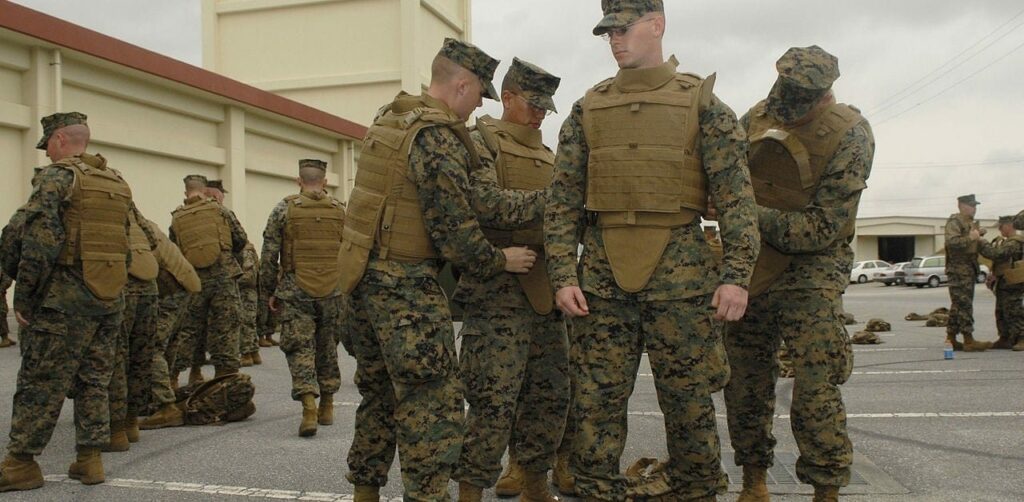
This article by Eric Milzarski was originally published by We Are the Mighty
Necessity is the mother of invention. If a certain need exists and the thing that satisfies such a need does not, then some endeavoring soul is bound to create it. Richard Davis embodied this mentality when he took some Kevlar and fashioned it into a lightweight vest — and his revolutionary design changed war fighting forever. With just a few slight modifications, Davis’ design became the body armor that police officers and troops wear into combat today.
You might be wondering why Davis, a pizza guy from Detroit, would need such a thing. Well, what would you do if you were tired of getting shot at while delivering pies?
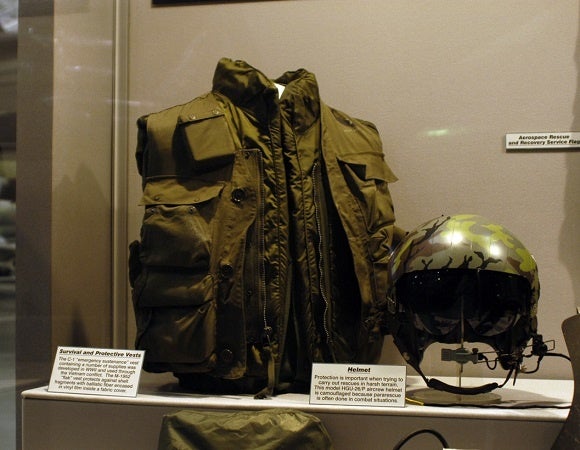
Body armor, in one form or another, has been around for as long as war itself. But when gunpowder and firearms took the place of swords and arrows on the battlefield, standard metal plates no longer did the trick — incoming rounds from muskets would pierce most metals. But as firearms shrank from the cannons of old to the rifles we know today, metal-plate armor made a comeback.
During World War II, Col. Malcolm C. Grow of the British Army created the flak vest out of nylon and manganese steel plates. It weighed 22 lbs, only worked where the plates were, and wasn’t comfortable by any stretch of the imagination, but it was reasonably effective. This style was used until the Vietnam War.

After serving in the U.S. Marine Corps, Richard Davis opened a pizzeria off 7 Mile in Detroit. One night, a delivery took him through a back alley and he was held up at gunpoint. Weeks later, another order came in for the same address (it was even the same order of two pepperoni and ham pizzas). This time, however, he came prepared with a .22 revolver hidden under the pies.
The same robbers tried the same stunt, but he was ready. A gunfight broke out. Davis took one round to the back of the leg and another grazed his temple. He managed to get four shots off at his attackers, leaving two of his three attackers wounded. In the weeks he spent recovering, his pizzeria was burnt to the ground.
He had nothing but to his name.
Meanwhile, over at DuPont Co. Labs, they had just made a breakthrough in tire technology. They were using a new, lightweight, super-strong synthetic fabric called Kevlar. It was flexible and five-times stronger than steel.
Davis got his hands on some of this new material and fashioned some of it together into a body armor vest using ballistic nylon. He called it the “Second Chance” vest and created it with the intentions of putting it in police hands.
He worked on the vests throughout the day and tried to sell his life-saving wares to police at night — with little success. He needed a bigger ploy to get their attention. His method? He gathered up the police to watch a demonstration. He was going to shoot himself in the chest — despite the fact that his vest had never been tested on a person.
The vest worked like a charm. Davis shot himself and while it hurt like hell — because, you know, the vests can’t stop inertia — that didn’t matter. His pitch was so effective it later became standard among all police in the nation. Variations on his original body armor design are used by troops to this day.
To watch the Smithsonian’s interview with Richard Davis, check out the video below:
Related Posts
Sandboxx News Merch
-

‘AirPower’ Classic Hoodie
$46.00 – $48.00 Select options This product has multiple variants. The options may be chosen on the product page -

‘Sandboxx News’ Trucker Cap
$27.00 Select options This product has multiple variants. The options may be chosen on the product page -

F-35 ‘Lightning’ Framed Poster
$45.00 – $111.00 Select options This product has multiple variants. The options may be chosen on the product page
We Are the Mighty
Related to: Military History
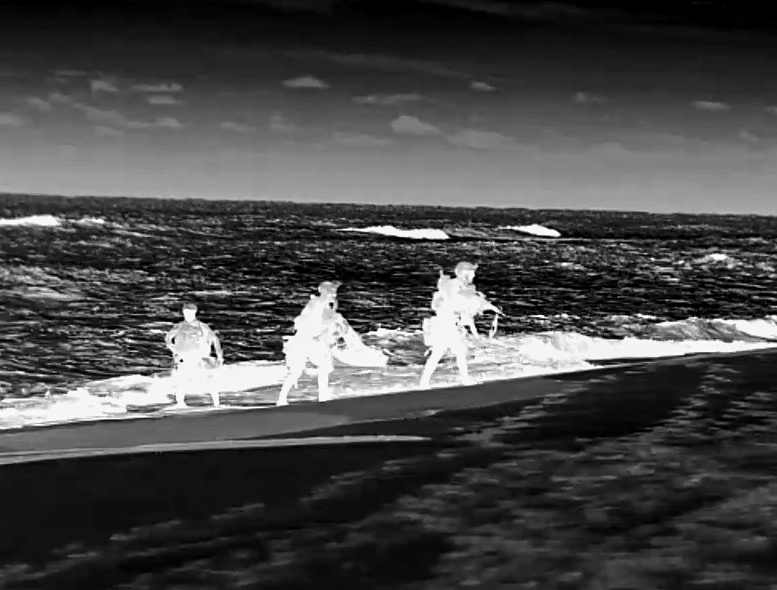
This is how Navy SEALs conduct “over-the-beach” operations
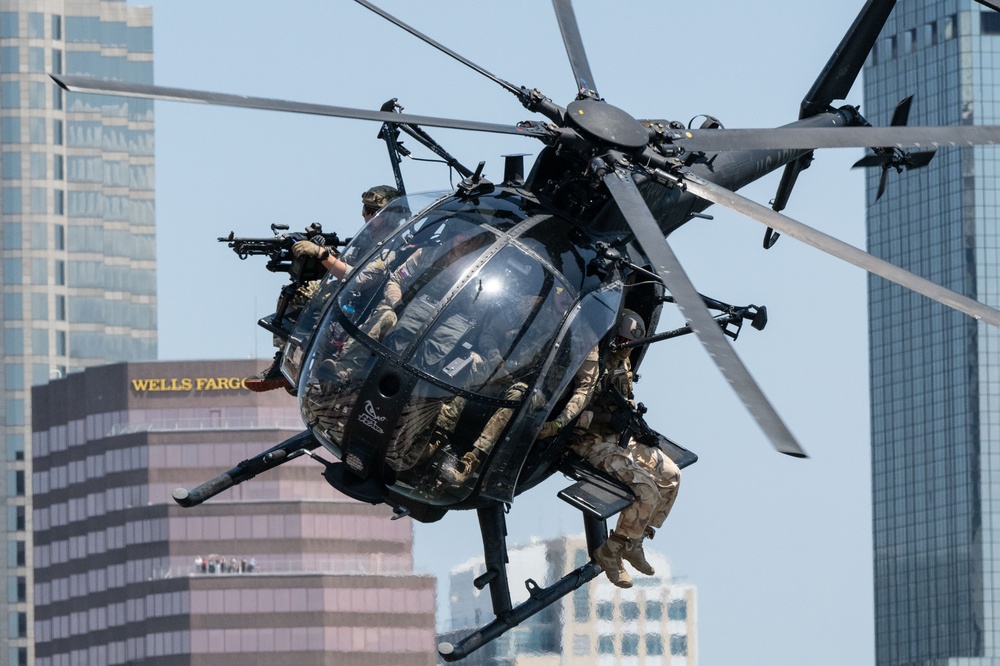
A Delta man’s failure to follow instructions was more than it seemed
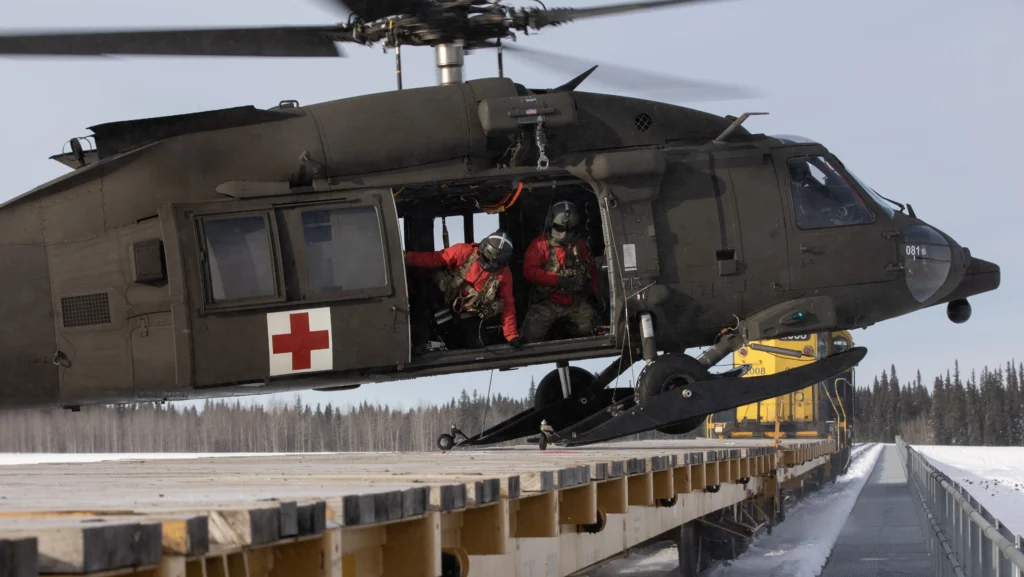
Soldiers in Alaska landed their Black Hawk on a train in a special ops exercise
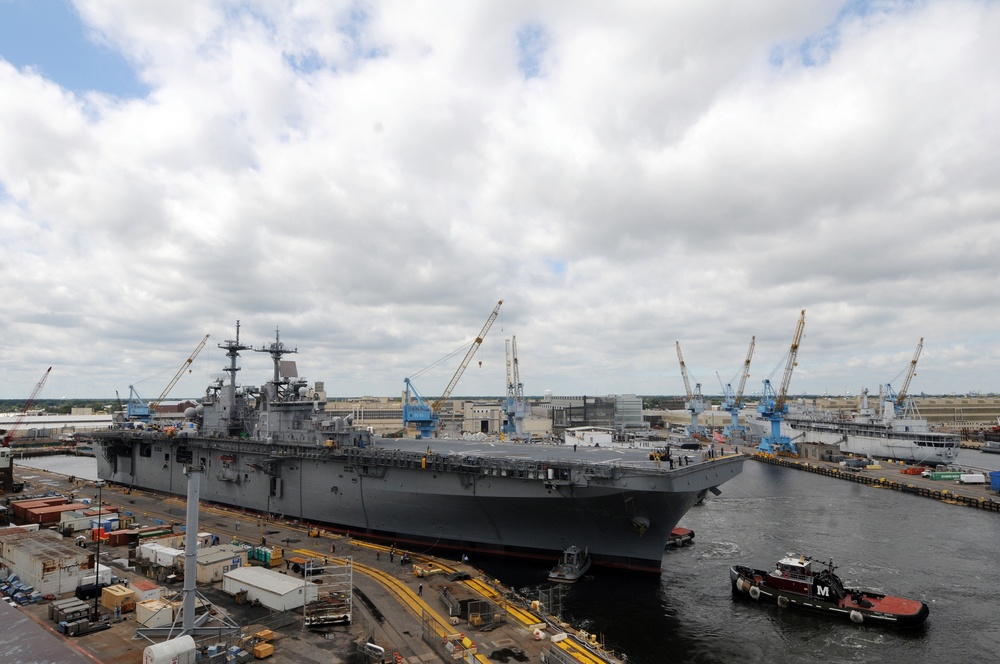
Fixing the US Navy’s shipbuilding problems starts with the workers, agency analysts say
Sandboxx News
-

‘Sandboxx News’ Trucker Cap
$27.00 Select options This product has multiple variants. The options may be chosen on the product page -

‘AirPower’ Classic Hoodie
$46.00 – $48.00 Select options This product has multiple variants. The options may be chosen on the product page -

‘AirPower’ Golf Rope Hat
$31.00 Select options This product has multiple variants. The options may be chosen on the product page -

‘Sandboxx News’ Dad Hat
$27.00 Select options This product has multiple variants. The options may be chosen on the product page
